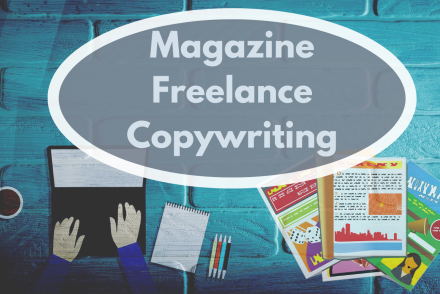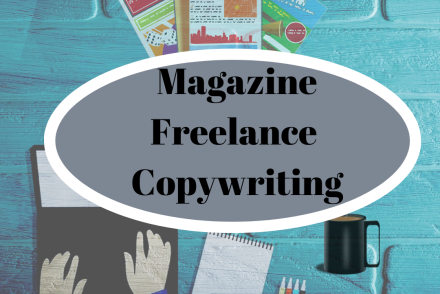
Creative Roadmap for Aspiring Authors: Practical Tips for Crafting and Funding Your Writing Journey
While many might try to dissuade you from embarking on a journey to becoming an author, sticking with it…
February 13, 2025
While many might try to dissuade you from embarking on a journey to becoming an author, sticking with it…
February 13, 2025
Landing your first professional writing gig can feel like an uphill task if you’re an aspiring author. Things can…
October 15, 2024
Writing can feel like a solitary career at times. After all, it’s just you, the keyboard, and your ideas…
July 16, 2024
As a writer, your prized possession is almost certainly your collection of books. Whether you read reams of epic…
June 15, 2024
Book tours can be a fun and exciting part of the publishing experience. It’s not only a chance to…
May 14, 2024
Medical scenes can be a great way to explore the natural drama of life. These types of events frequently…
April 14, 2024
There’s little doubt that excessive consumption is harming communities and the environment. For one, the manufacturing processes produce vast…
March 14, 2024
As a writer, it’s always important to recognize your value. This isn’t just about appreciating your level of talent.…
February 14, 2024
As a writer, you know that writing is both an art and a discipline. The best writers simply write…
January 26, 2024
As a writer, you probably didn’t give much thought to branding and marketing when you wrote your first book…
December 14, 2023
Freelancing as a writer can be deeply rewarding. You’re getting paid to show off your wordsmithing skills and can…
October 14, 2023
Freelancing as a writer can be deeply rewarding. You’re getting paid to show off your wordsmithing skills and can…
September 14, 2023Artificial intelligence (AI) has changed the writing world forever. In the past year, AI has transformed from a niche…
August 14, 2023
Making it as an author has changed dramatically in the digital age. Today, building your personal brand online is…
April 14, 2023
The gig economy has been steadily growing in the U.S. for the past five years. Over 73 million Americans…
March 14, 2023
Copywriting has changed a lot in the past decade. Instead of writing for print media, most copywriters now work…
February 14, 2023